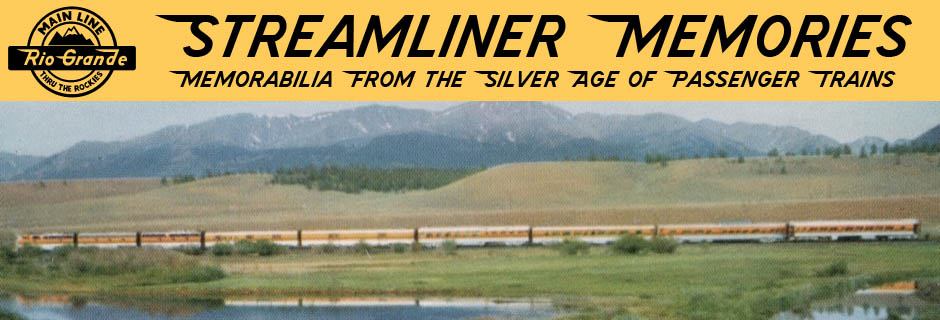In the early 1940s, various private printing companies issued several portfolios (scroll down to “Portfolios”) of color images of scenes along the Southern Pacific suitable for framing. They may have been inspired by this 1937 booklet, which has 24 color photos of scenes in California. Two major differences are that this booklet was issued by the Southern Pacific itself and that the photos are held in the booklet by staples and thus not suitable for framing.
 Click image to download a 19.6-MB PDF of this 54-page booklet.
Click image to download a 19.6-MB PDF of this 54-page booklet.
The photos themselves are pretty, but SP had not yet taken advantage of Kodachrome (which was released as a 35-mm film in 1936) and four-color printing. Instead, all of the pictures in this booklet are colorized black-and-white photos printed using the photochrom method of overlaying 7 to 15 different colors of ink on top of one another in the hope of fooling the eye into believing it is a true color photo. Continue reading









